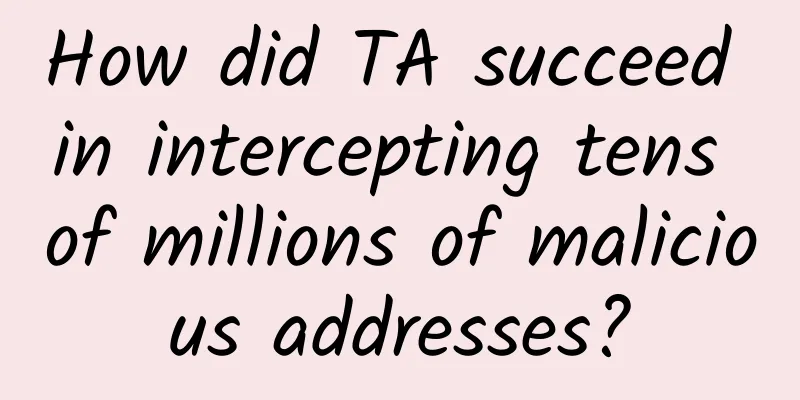FCC win clears way for massive Wi-Fi 6E upgrade

|
A ruling [PDF] made public on Tuesday by the U.S. Court of Appeals for the District of Columbia Circuit upheld the Federal Communications Commission’s April 2020 decision to open 1,200MHz of spectrum in the 6GHz band for “unlicensed use.” That means anyone can use it, including, for example, your future Wi-Fi 6E home network.
While Wi-Fi 6 connections more reliably and efficiently utilize the same spectrum that has been in use for the past few decades, especially when multiple devices are connected, Wi-Fi 6E routers will operate in the 2.4GHz and 5GHz bands as well as the new 6GHz band. That’s enough room for up to seven Wi-Fi streams at maximum capacity to broadcast in the same area at the same time without interfering with each other or using any of the existing spectrum. Until recently, generations of Wi-Fi were referred to by a mysterious naming scheme that required you to understand whether 802.11n was faster than 802.11ac, which was faster than 802.11af. For the average consumer, these Wi-Fi specification names were a bit confusing. To address this, the Wi-Fi Alliance decided to rename Wi-Fi generations with simple version numbers. So the current generation of Wi-Fi, 802.11ac, became Wi-Fi 5. The next generation, formerly known as 802.11ax, is now Wi-Fi 6. Beyond that, there’s also work on a future standard, known as IEEE 802.11be or Wi-Fi 7. This could further optimize the use of the new spectrum band, even larger 320MHz channels, maximum transfer rates of 46Gbps, and more, but it’s not scheduled to be completed until 2024 (pdf). In the near future, while 6GHz Wi-Fi will have the same theoretical top speeds as 5GHz Wi-Fi, the extra space means you won’t get as much interference from other devices and nearby networks, and will instead have a faster, more stable connection. Last year, a representative from the Wi-Fi Alliance told The Verge that this should enable 1-2 Gbps connections over Wi-Fi, similar to what you’re seeing with mmWave 5G now. But the FCC's plan was opposed by AT&T, which argued the FCC failed to identify and address potential interference with "tens of thousands of microwave links that are critical to maintaining network infrastructure," referring to the wireless technology that connects many cell towers to the broader internet. In a document spotted by Light Reading, AT&T said: "The 6GHz FS [fixed service] band is the only band suitable for long-distance transmission, typically supporting paths of 10-50 miles, and in some cases, even longer distances. Mobile operators prefer a plan where the FCC would auction a large block of 6GHz bandwidth for use solely by their 5G networks." The FCC said low-power indoor use could protect licensed 6GHz technologies such as AT&T's microwave links and TV broadcasts from interference, while "standard power" devices used indoors and outdoors could include automatic frequency control to prevent interference. AT&T did not comment today on the results. |
<<: What can I do with 5G network?
Recommend
Life is not easy, where is the future for terminal manufacturers in the 5G era?
From the 1G analog communication era to the 4G mo...
When will 5G take off and cover more than 1 billion people worldwide by the end of this year?
2019 is the "first year" of 5G commerci...
5G helps: Five future development trends of smart transportation
According to relevant research reports, the globa...
Ruijie Networks: Continue to Lead, "Our Journey Is to the Stars and the Sea"
[51CTO.com original article] As cloud desktop tec...
BuyVM adds new unlocked streaming VPS hosts, 1Gbps unlimited traffic from $5/month
BuyVM has launched the China Special - STREAM RYZ...
What will Beijing Supply and Marketing Big Data Group do after obtaining the CDN license?
[51CTO.com original article] 2017 is a critical y...
HostKvm: $5.6/month KVM-2GB/40GB/500GB/Australia VPS
HostKvm is also an early Chinese hosting company,...
Sun Songlin of Beijing University of Posts and Telecommunications: Facing the 5G dilemma and breaking through from the industry
At the 2021 China (Shenzhen) 5G Industry Summit, ...
See all the things a service mesh can do
Service mesh adoption continues to grow, and some...
Computing power networks connect the digital society. How should operators seize the new opportunities of the era?
Computing network is an emerging technology conce...
Layer.ae: AMD Ryzen9 7950X series from $15/year, Singapore/US/UK data centers
Layer.ae was founded about three years ago and is...
RAKsmart: 1-10Gbps bandwidth unlimited traffic server starting from $149/month, San Jose/Los Angeles data center
This month, we have shared RAKsmart's New Yea...
Yecao Cloud: Hong Kong special cloud server annual payment starts from 138 yuan, independent server monthly payment starts from 399 yuan
Yecaoyun, a Chinese VPS host, has released a new ...
It is estimated that 5G will directly drive economic output of 1.45 trillion yuan in 2022
On January 8, 2023, China Academy of Information ...
Embrace cloud desktop and easily overcome the three major pitfalls of desktop application innovation
From the early "863" and "Core Hig...









